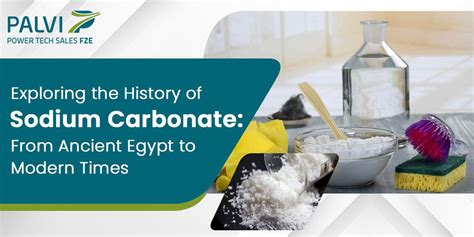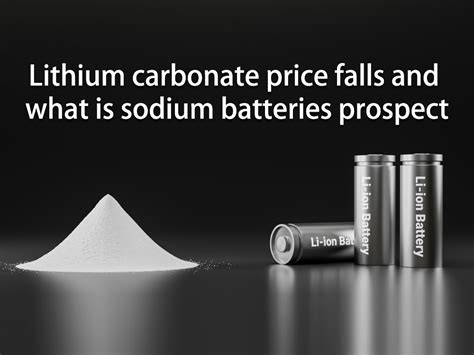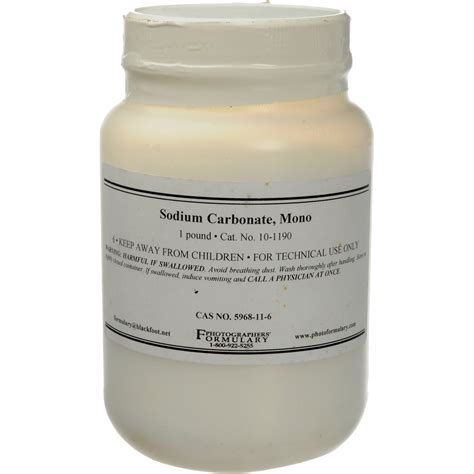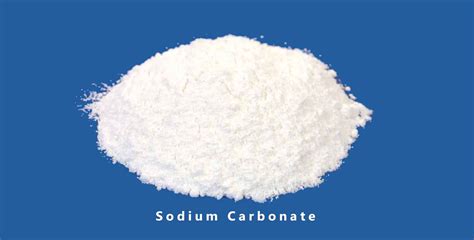Sodium carbonate, commonly known as washing soda or soda ash, is a chemical compound with the formula Na2CO3. This naturally occurring mineral has been utilized for centuries in various industrial, commercial, and household applications due to its unique properties and versatility. With a molecular weight of 105.99 g/mol and a density of 2.54 g/cm3, sodium carbonate is a white, odorless, and water-soluble powder that plays a critical role in numerous processes, including glass manufacturing, paper production, and water treatment.
Historically, sodium carbonate was extracted from the ashes of certain plants, such as saltwort and glasswort, which were rich in sodium salts. The process of obtaining soda ash from these plant ashes was labor-intensive and time-consuming, making it a valuable and highly sought-after commodity. The industrial production of sodium carbonate began in the late 18th century, with the development of the Leblanc process, which involved the reaction of sodium chloride (common salt) with sulfuric acid and limestone to produce sodium carbonate. Although this process was widely used, it had significant environmental drawbacks, including the release of toxic gases and the production of large amounts of waste. The introduction of the Solvay process in the 19th century marked a significant improvement, as it allowed for the production of sodium carbonate through the reaction of sodium chloride, ammonia, and carbon dioxide, resulting in a more efficient and environmentally friendly method.
Key Points
- Sodium carbonate is a naturally occurring mineral with the formula Na2CO3.
- It has a wide range of industrial, commercial, and household applications.
- The Solvay process is the most common method of producing sodium carbonate today.
- Sodium carbonate plays a critical role in glass manufacturing, paper production, and water treatment.
- It has a molecular weight of 105.99 g/mol and a density of 2.54 g/cm3.
Industrial Applications of Sodium Carbonate

Sodium carbonate is a vital component in various industrial processes, including glass manufacturing, where it is used as a stabilizer to reduce the melting point of silica and facilitate the production of glass. The glass industry accounts for approximately 50% of the global demand for sodium carbonate. Additionally, sodium carbonate is used in the production of paper, detergents, and textiles, as well as in the manufacture of sodium bicarbonate (baking soda) and other sodium salts.
Sodium Carbonate in Water Treatment
Sodium carbonate is also used in water treatment processes to remove impurities and improve the quality of drinking water. It is used to raise the pH of water, which helps to neutralize acidic substances and reduce the corrosion of pipes and equipment. Furthermore, sodium carbonate can be used to remove heavy metals and other inorganic compounds from wastewater, making it an essential component in the treatment of industrial and municipal wastewater.
| Application | Percentage of Global Demand |
|---|---|
| Glass manufacturing | 50% |
| Paper production | 20% |
| Detergents and textiles | 15% |
| Water treatment | 10% |
| Other applications | 5% |

Environmental Considerations and Future Outlook

Despite its many benefits, the production and use of sodium carbonate have environmental implications that must be considered. The Solvay process, although more efficient than the Leblanc process, still generates significant amounts of waste and energy consumption. Furthermore, the extraction of sodium carbonate from natural sources, such as trona ore, can have negative impacts on local ecosystems. As the demand for sodium carbonate continues to grow, it is essential to develop more sustainable and environmentally friendly production methods, such as the use of renewable energy sources and the implementation of recycling programs to reduce waste.
In conclusion, sodium carbonate is a vital chemical compound with a wide range of industrial, commercial, and household applications. Its unique properties and versatility make it an essential component in various processes, including glass manufacturing, paper production, and water treatment. As the demand for sodium carbonate continues to grow, it is crucial to develop more sustainable and environmentally friendly production methods to minimize its environmental impact.
What is the molecular formula of sodium carbonate?
+The molecular formula of sodium carbonate is Na2CO3.
What is the most common method of producing sodium carbonate?
+The most common method of producing sodium carbonate is the Solvay process.
What are some of the industrial applications of sodium carbonate?
+Sodium carbonate is used in various industrial applications, including glass manufacturing, paper production, and water treatment.
